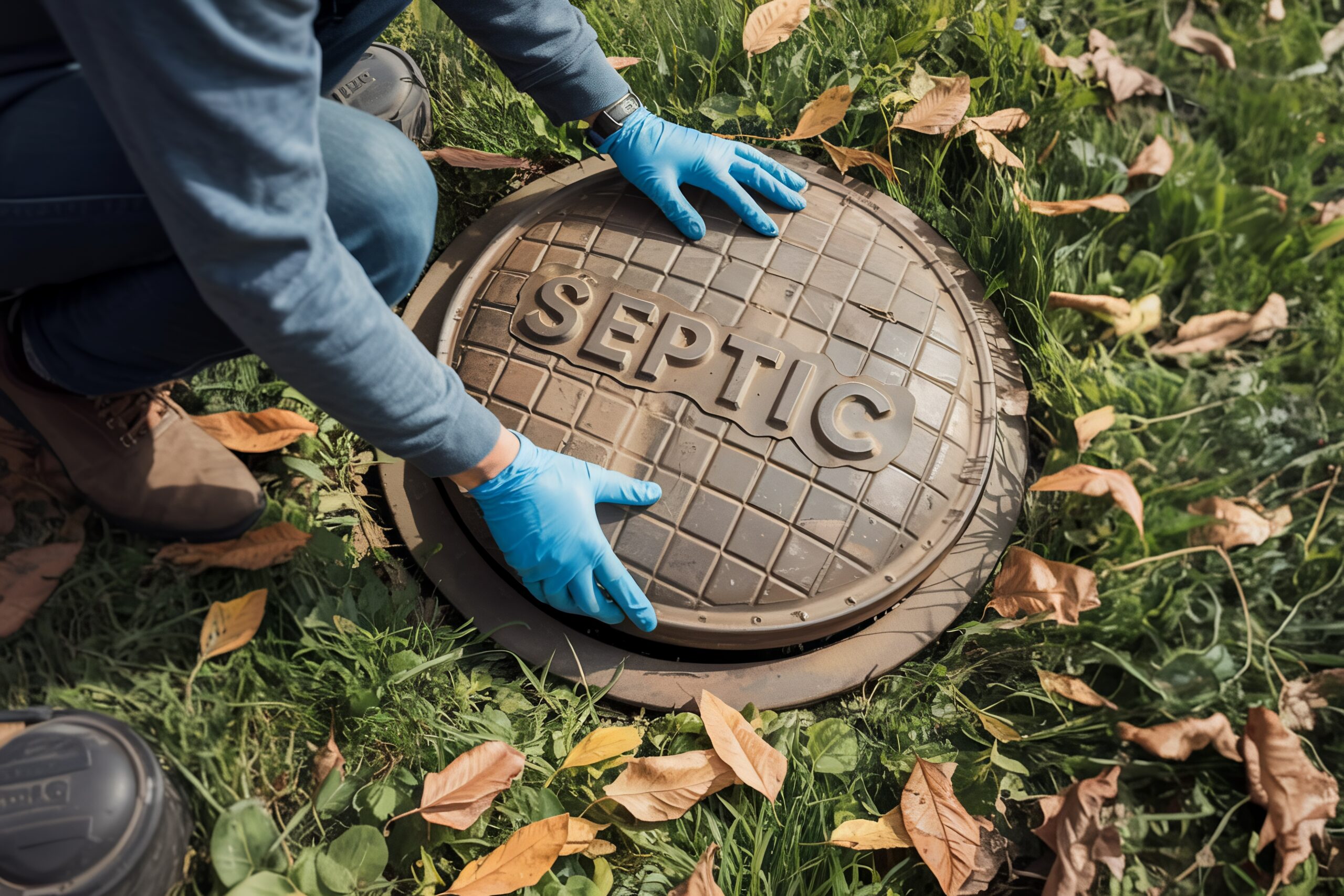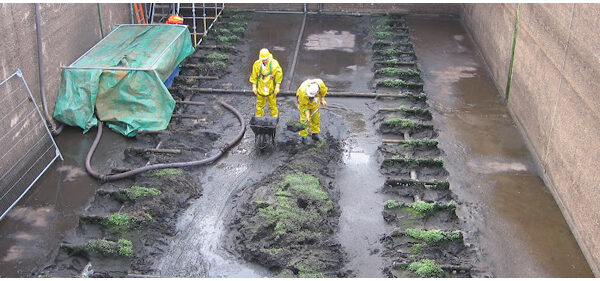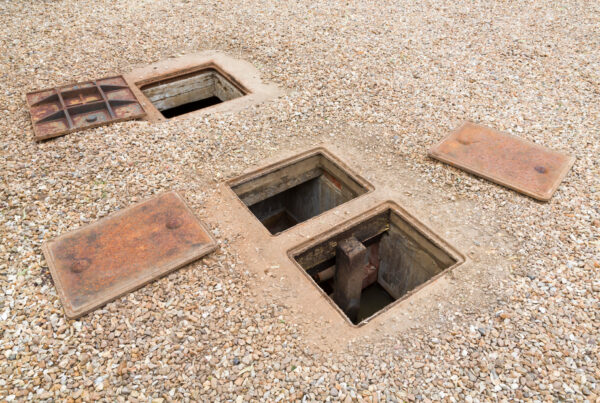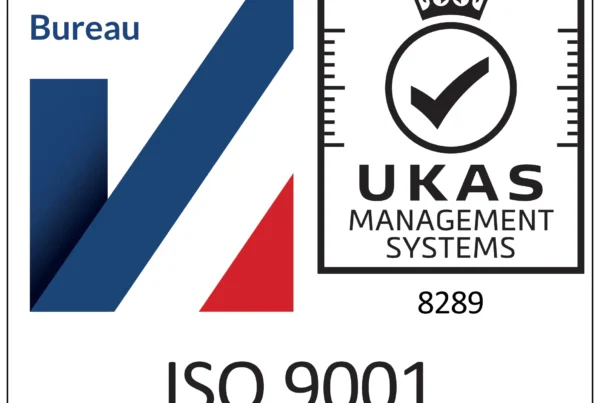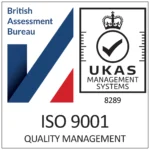If you have a property that is not near a mains water or sewage system, you are probably reliant on a septic tank. But just because you have heard the name does not mean that you know what they are, how they work or how to manage them. At Unblock Cumbria, we are experts in managing and installing these systems. Here are answers to some of the most common questions.
What are septic tanks?
A septic tank is a drainage system that is located in the ground near a property. All wastewater, whether from a flushing toilet, a washing machine at the end of its cycle, or a sink of dishwater, drains into the main container through pipes. Here the water is treated by natural processes before being released safely into the ground.
How do septic tanks work?
It may surprise you to realise that the principles that govern the operation of waste disposal are natural. Bacteria in the tank break down the solids to create a heavier sludge and lighter liquid. Gravity separates the waste, with heavy parts sinking to the bottom, and lighter oils and greases floating to the top. In between is a layer of liquid. It is this that is released out of the system, leaving only the sludge and the scummy oils in the tank.
How are they different from cesspits?
Whereas septic tanks release the waste liquid, cesspits retain everything in a sealed container. This all needs emptying, a service which Unblock Cumbria can provide.
How have government septic tank installation guidelines and regulations changed?
Since 2020, regulations have meant that these drainage systems cannot release into groundwater or too near to a water source. If you have an existing system and you do not know if it is compliant with the new regulations, or you want a new septic tank installation, speak to our team at Unblock Cumbria. We will ensure that you are fully compliant and that everything is in working order.
How is the tank emptied and cleaned?
Although the liquid is released from the container, the other waste materials are retained. This means that periodically these need to be emptied. This is a quick process, where the waste is discreetly removed through a hose into a tanker for disposal.
The frequency of this varies, depending on the size of the tank, the number of people in the property and how much wastewater is flushed into it. It is likely to be every one to two years. As experts in septic tank emptying and cleaning, we can advise you about when you need to have the tank emptied. Common signs can be odours coming from the drains, slow drainage of wastewater, and patches of grass on the lawn near the tank which are greener than the rest.
Hopefully, these have answered some of your questions, but we know that you might have other queries. Why not contact our team? We can provide all the answers and we are happy to help. We provide the specialist services to install, repair or maintain your drainage. We have highly competitive prices, so you might be surprised to find out just how affordable we are. Contact us today for a free quote.

